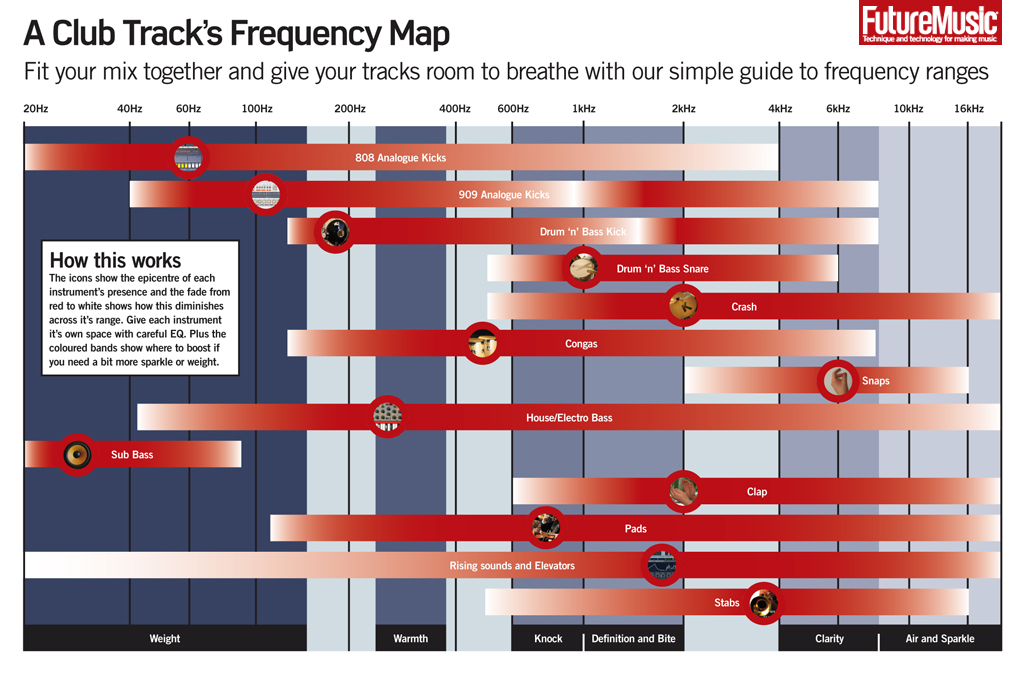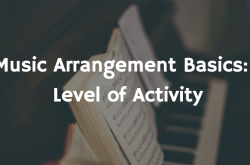In this six week series on arranging, I aim to help break down arrangement to six simple elements that I hope you can apply to your productions. These blogposts are meant to be short, simple and easy to digest with an average reading time of five minutes or less for the average producer who has not had any formal music education.
Here are the topics that we are going to cover over the next 6 weeks:
Pitch
1. What is Pitch?
- A pitch is a reference to a note value that describes how high or low a note sounds.
- In music, a note value refers to a note such as C, D, E, F, G, A, B.
- Each note has a frequency. For example, note A (A4) above note middle C (C4) has a frequency of 440hz.
- The lower the frequency the lower the pitch of a note, the higher the frequency, the higher the pitch of a note.
2. What does this mean in arrangement?
- When you string a few notes together of different pitches, you get a melody.
- As you would know, catchy melodies are usually melodies that have a good string of notes with varying pitches and rhythm.
- Crafting such melodies takes years of experience and attention to details.
- Because pitch relates to frequency, your instrument choice or melody you write, ultimately affects the sonic space of your arrangement.
3. Practical applications & Questions to ask
- An ideal arrangement would want to satisfy the full sonic spectrum of frequencies. That means, you would want to make sure that you have the right instruments covering the right pitch.
- For example, a bass part will cover low frequencies, a piano, guitar, or synth pad part can cover the middle frequencies, and perhaps a lead synth line can take the main melody that covers the high frequency spectrum.
- Our ears are tuned to hear things balanced and any unbalance to the sonic spectrum will affect the listener.
- Pitch can also be used as a way to get a listener’s attention. A lead line with a high pitch would cut through an arrangement much more than a bass line with a low pitch.
- Before writing a new melody or part for an instrument, ask yourself how the instrument’s melody and pitch will affect the arrangement? Is it going to add, clutter or distract?
Explore royalty-free melodies, chord progressions, and grooves by key, BPM, genre, and more:
Splice offers unlimited backups, version control, and a whole community of producers sharing their work for free. We support Logic X, Garageband, FL Studio and Ableton Live. To get started, sign up here!
April 11, 2016



